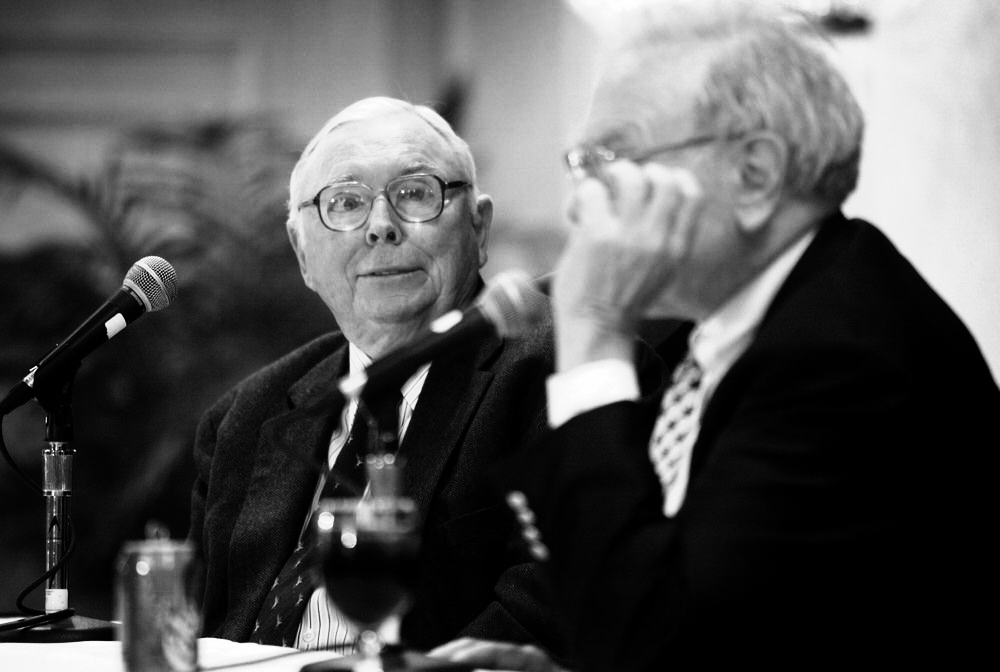Follow the Money
by Eric Sprott & Andrew Morris, Sprott Asset Management
April 20, 2011
You know silver’s doing well when the commentators start giving it the ‘gold’ treatment. Silver’s recent rise has been so spectacular that it’s caught many investors off guard. It’s natural to be sceptical when you don’t know the fundamentals driving strong performance, and many pundits and commentators have been quick to downplay it as a result - much like they do towards gold when it enjoys a run. Silver is also an awkward metal for them to categorize. Is it a commodity, a monetary metal, or both? And which side is driving demand? If it’s industrial demand, that’s ok, because that’s bullish. But if it’s investment demand for silver as ‘money’, well then that’s sort of bearish, isn’t it? The fact remains that most commentators have failed to grasp the monetary shifts that silver is signaling today, and in doing so they’ve failed to appreciate just how high it could actually go.
The financial media’s failure to grasp the benefits of precious metals ownership continues to perplex us, and it’s not just the commentators who are prone to perpetual disbelief. The sell side analysts are equally as irresolute. According to Bloomberg, the ‘expert’ consensus silver price forecast for 2011 is $29.50, representing a 31% discount from the current spot price. This same group of analysts also predicts prices will decline another 25% in 2012 and a further 9% in 2013 to $20 an ounce. When you consider that the silver price has appreciated by over 21% annually over the past 10 years, these forecasts suggest a very dramatic change in the long-term trend. Will this reversal come true? Probably not. These were the same analysts who predicted that spot silver prices would average $18.65 this year - so they’ve missed the mark by over 100% thus far.
We don’t mean to bash the silver analyst community, and there are several whom we highly respect, but it is important for silver investors to appreciate that these price forecasts are being plugged into financial models that dictate equity valuations. These models are used by traders, bankers, analysts, and portfolio managers to derive valuations for silver stocks and create asset allocations for portfolios. To anyone questioning current silver equity valuations, we would ask: what price assumptions are you using? Of course we as allocators of capital are thankful for this phenomenon, as it allows us to buy our favourite silver stocks on the cheap, knowing full well that the herd will be following behind in due course as those backward-looking forecasts get ratcheted higher.
How can we be so confident that the price of silver will continue on its upward trajectory? Our thesis is premised on the most rudimentary of economic principles – supply and demand.
One of the key indicators that we’ve been monitoring is the gold/silver ratio. Much has been written about the ratio of late, and we won’t go into great detail on the subject, other than to note that the last time money was synonymous with defined amounts of gold and silver, the ratio was set at 16-to-one. In fact, for most of the past millennium, one ounce of gold would have been convertible to somewhere between 10 and 16 ounces of silver - an amount roughly in line with the relative occurrence of each mineral within the earth’s crust.1 For the better part of the past century, due to the world’s abandonment of bimetallism and then the gold standard, the gold/silver ratio has fluctuated widely, twice reaching lows near the 15-to-one mark and a high of 100-to-one back in the early 1990’s. The most recent high reached in the latter part of 2009 was nearly 80-to-one. Since then the ratio has been tumbling to where it stands now at 35-to-one – which reflects the incredible outperformance of silver over that time period. In our opinion, this ratio will continue to move lower, driven by nothing more than basic supply/demand fundamentals.
The US Mint, which is the world’s largest silver and gold coin manufacturer, recently reported that it had sold 13 million ounces of silver coins and 370 thousand ounces of gold coins on a year-to-date basis.2 This means that the US Mint is now selling roughly equal amounts of silver and gold in dollars so far this year. Furthermore, bullion dealers like Sprott Money and GoldMoney have confirmed with us that they are now selling more silver than gold in dollar terms. For additional confirmation of this investment trend, just look at the flows for the two largest gold and silver ETFs. Investors have withdrawn approximately $3 billion from the GLD so far this year while the SLV has seen net inflows of $370 million over the same period. Dollar for dollar, investors are allocating as much if not more money to silver than to gold. And why shouldn’t they? Silver is much more of a "precious" metal than the current ratio of 35-to-one would suggest.
To explain, we must first address mine supply. In 2010, the world mined approximately 736 million ounces of silver and 85 million ounces of gold.3 The world also produced an additional 215 million ounces of silver and 53 million ounces of gold from recycled scrap.4 Adding both together brings us 951 million ounces of silver and 139 million ounces of gold supply, for a ratio of nine ounces of silver to one ounce of gold.
Interestingly, this 9-to-one ratio is very similar to the ratio of available in-situ silver and gold reserves. The U.S. Geological Survey estimates that there are current in-situ reserves of approximately 16.4 billion ounces of silver versus 1.6 billion ounces for gold, or about a 10-to-one ratio.5











